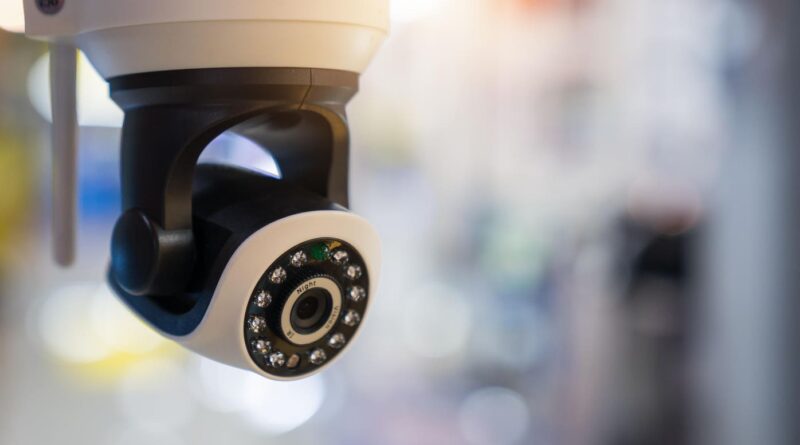AI May Have Placed Inpatients at a Hospital Near You
Advanced surveillance camera.
The number of potential use cases for AI in healthcare settings appears to be increasing at an exponential rate. Going beyond the use of research and development, customer service needs, reducing the burden of administrative documents or simplifying management processes, the latest trend in hospitals is to use technology to help set patients eye.
In the traditional sense, remote patient care (RPM) is about using digital technology to help monitor patients without health care or health conditions. For example, if a patient has a chronic illness, a wearable device or tracker can help monitor the patient and collect data over a long period of time and combine that data to give the doctor more information during the appointment the following. The quality is self-evident: “it gives visibility into the lives of patients outside of their appointment, which has been an obstacle to timely and effective diagnosis and management. With the information gathered over time, members of the care team can manage and treat chronic conditions in a timely, meaningful and meaningful way based on the patient’s lifestyle. ”
However, over the years, designers have begun to expand the definition of RPM; Health professionals are realizing that patient monitoring is not only important outside of health care settings, but just as important for patients in traditional care settings, especially in relation to nursing homes. long-term, for high-risk patients who need frequent and systematic monitoring. to address the growing labor shortage.
As for hospitals, America’s health care system is facing a growing shortage of health care workers among a rapidly aging population. The American Association of Medical Colleges predicts that by 2036, there will be a shortage of approximately 86,000 physicians. In addition, according to important studies, the authorities present a shortage of about 63,000 + nurses in 2030. Indeed, without these two pillars, the health care system will stop grinding.
That’s why tech companies are trying to leverage AI as a way to augment the healthcare workforce. Last week, the famous telehealth company Teladoc Health announced that it will launch AI capabilities to provide a “virtual sitter” solution. Typically, in most inpatient hospital areas, staff are used to “stay” and observe patients who need extra attention and care. However, this is one of the most difficult investments in personnel – regular monitoring by personnel often takes time away from other tasks, which means that health care facilities must hire people with individually for the job of being a sitter only.
Teladoc’s sitter solution hopes to solve this problem with AI: “Using advanced, pre-trained algorithms, motion detection and position estimation, the augmented solution can visually detect the movement of patient that may lead to a fall, enabling bedside staff to intervene quickly.” An important use case for this would be to monitor a patient with an increased risk of falls; an AI device can monitor and alert staff if it detects that a patient has left their bed.
Similarly, healthcare facilities are also using smart room technology. Care.ai has launched many solutions in this area, using AI and environmental sensors to make patient rooms “smart”: “NLP (natural language processing) can translate and transcribe the doctor’s speech and the patient, which transforms structured data, helping to automate documentation and reduce manual input learn from these data patterns to predict patient needs or detect errors, ensuring data-driven decisions are timely and accurate.” According to the company, the technology can be used for a variety of use cases, from the prevention of falls and the prevention of pressure accidents to make the rounds and ensure that the workers comply with the regulations. In fact, the ability of this technology is so important that in August this year, the agency medical and technology giant Stryker has announced that it will acquire attention.ai to add to its repertoire of business solutions.
These are just a few examples of how healthcare and technology organizations are investing in AI tools to see patients and help with workflow needs. Indeed, while much of the discussion surrounding AI in healthcare tends to focus on the issues of physician use and lightening administrative burdens, there is a great deal of room for this technology to transform the care landscape. of the patient.
#Inpatients #Hospital
